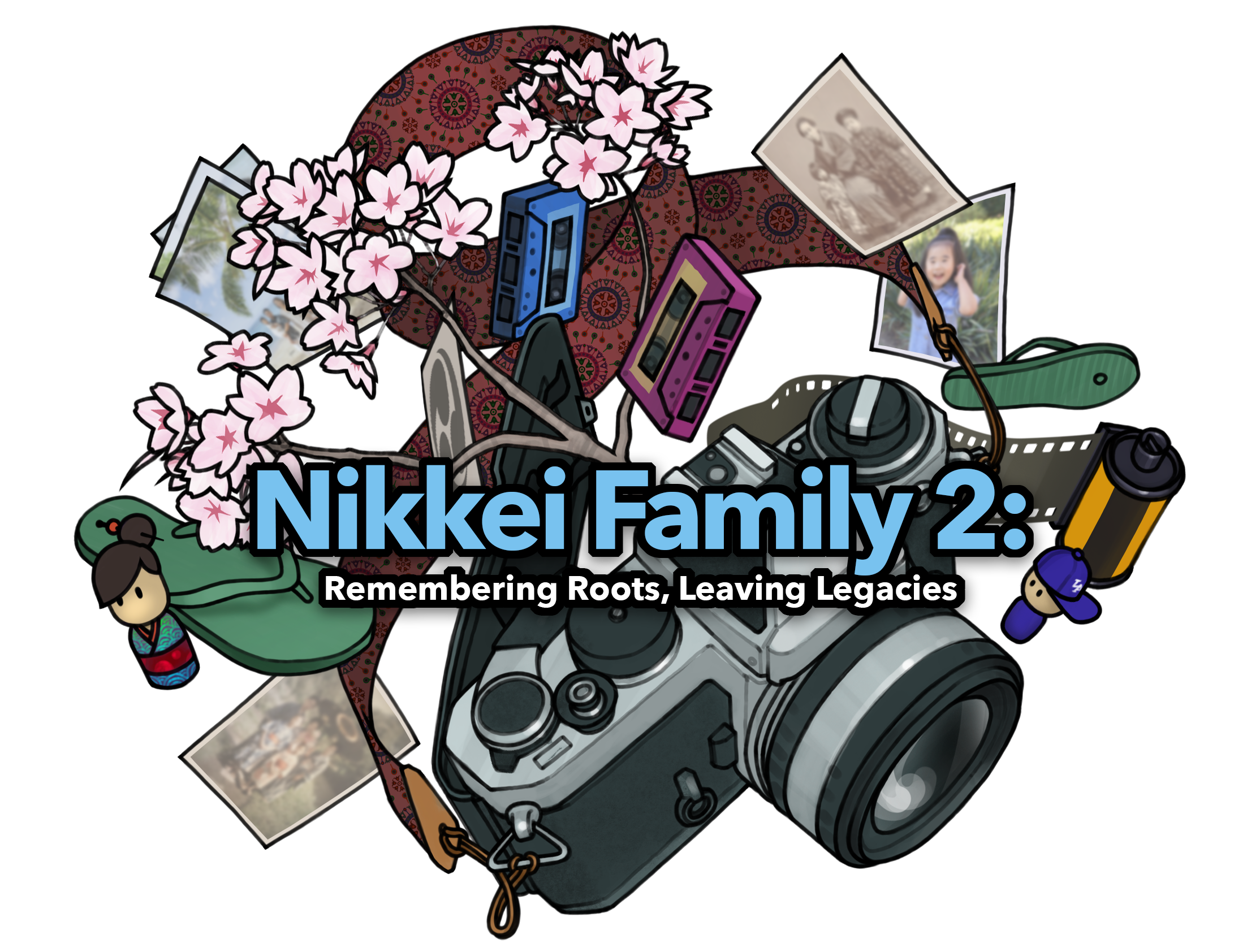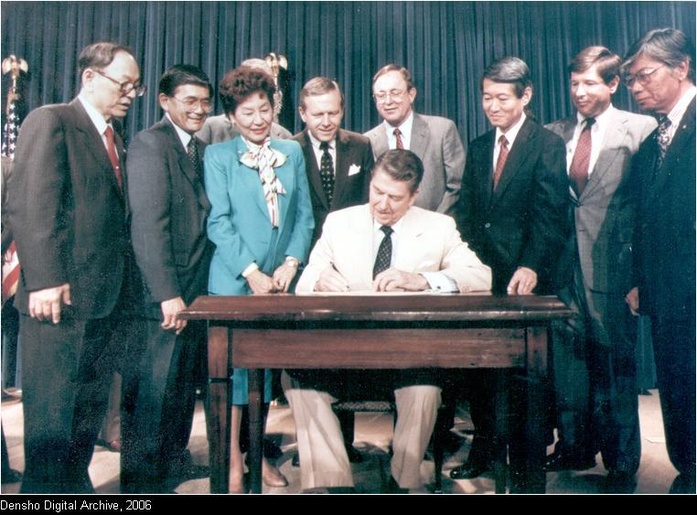Published: Dec. 5, 2007
Modified: April 11, 2025
November 6th 1962- Daniel K. Inouye of Hawaii becomes the first Japanese American to be elected as a United States senator.
1960s- headed by younger Nisei Sansei Japanese Americans, a series of new Asian American organizations are established.
1968- the first Ethnic Studies program at San Francisco State University is established after a year-long student strike.
1970s- Plans for Redress begin to emerge: In San Francisco, the JACL National Committee for Redress is formed. In Seattle, the National Council for Japanese American Redress. In Los Angeles, the Little Tokyo People’s Rights Organization, Los Angeles Community Coalition for Redress and Reparations, and the National Coalition for Redress and Reparations (NCRR).
1978- National JACL met with 4 Nikkei Congressional Legislature: Senators Inouye and Matsunaga of Hawaii, and Representatives Mineta and Matsui of California. After a long discussion, Senator Inouye suggested establishing a commission to study internment.
July 31st 1980- the Commission on Wartime Relocation and Internment of Civilians (CWRIC) was established. There were many hearings held in major cities such as Los Angeles, and many former internees testified in emotional testimony.
August 10th 1988- Civil Liberties Act of 1988 was signed into law by President Reagan and the law included:
· A formal government apology to all those incarcerated.
· $20,000 individual payments, provided they were living when the Civil Liberties Act of 1988 was signed into law.
· Establish $1.25 million Civil Liberties Fund (later increased to $50 million)
· Entitlement of $1.5 billion began in October, 1990.
--
Civil Liberties Act of 1988 - Victory!
When President Ronald Reagan signed the Civil Liberties Act of 1988 on August 10th, it marked a day of victory, finally, for the Japanese American community and all those who had been so invested in the Redress and Reparations campaign. The hours and hours of work everyone had contributed were instantaneously completely justified. It was all worth it.
Tears of joy were wept, and inexpressible happiness and relief filled that room when Reagan signed the bill. It was indeed, a momentous occasion for Japanese Americans who gave their all to this cause. Sox Kitashima recalls that “the community was on cloud nine and ready to burst.” (95)
To address gender, notice that there is only one woman in this picture. Although the Japanese American community and the Redress/Reparations movement are no exception to being in situations where women are underrepresented in politics and head positions at the federal level, it is worthwhile to be aware of the existence of such dynamics. Also of notable presence in this picture are Congressmen Norman Mineta and Robert T. Matsui, two men who, with the complementary work of others like Sox, Aiko, Cherry and Lorraine, were instrumental in the signing and passage of this bill.
Source: Kitashima, Tsuyako Sox and Morimoto, Joy K., The Birth of an Activist: The Sox Kitashima Story. San Mateo: Asian American Curriculum Project, 2003 (pp. 92-95)
Photo: Densho Digital Archive, http://archive.densho.org/main.aspx. Photo/Document Collections: Kinoshita Collection










